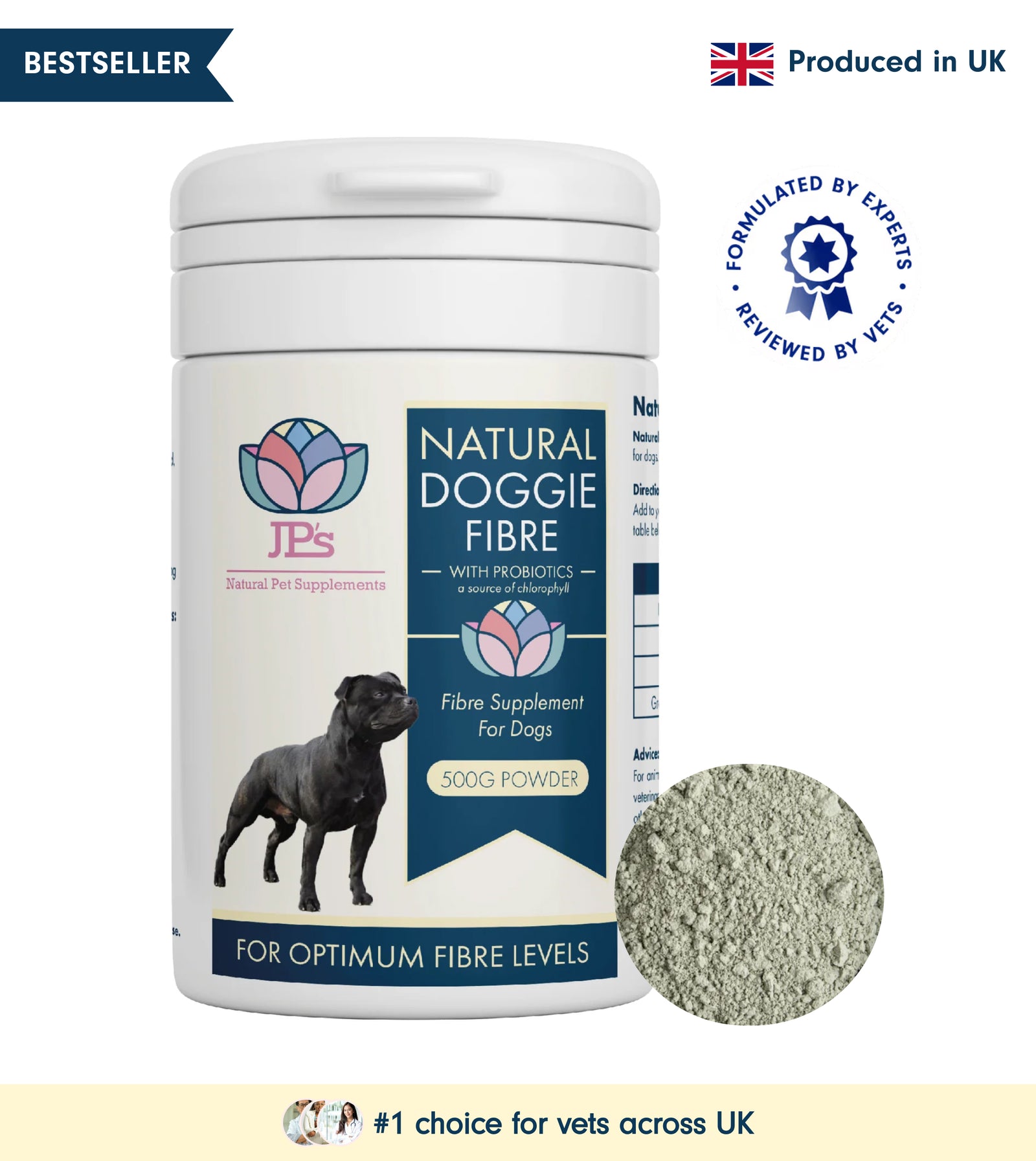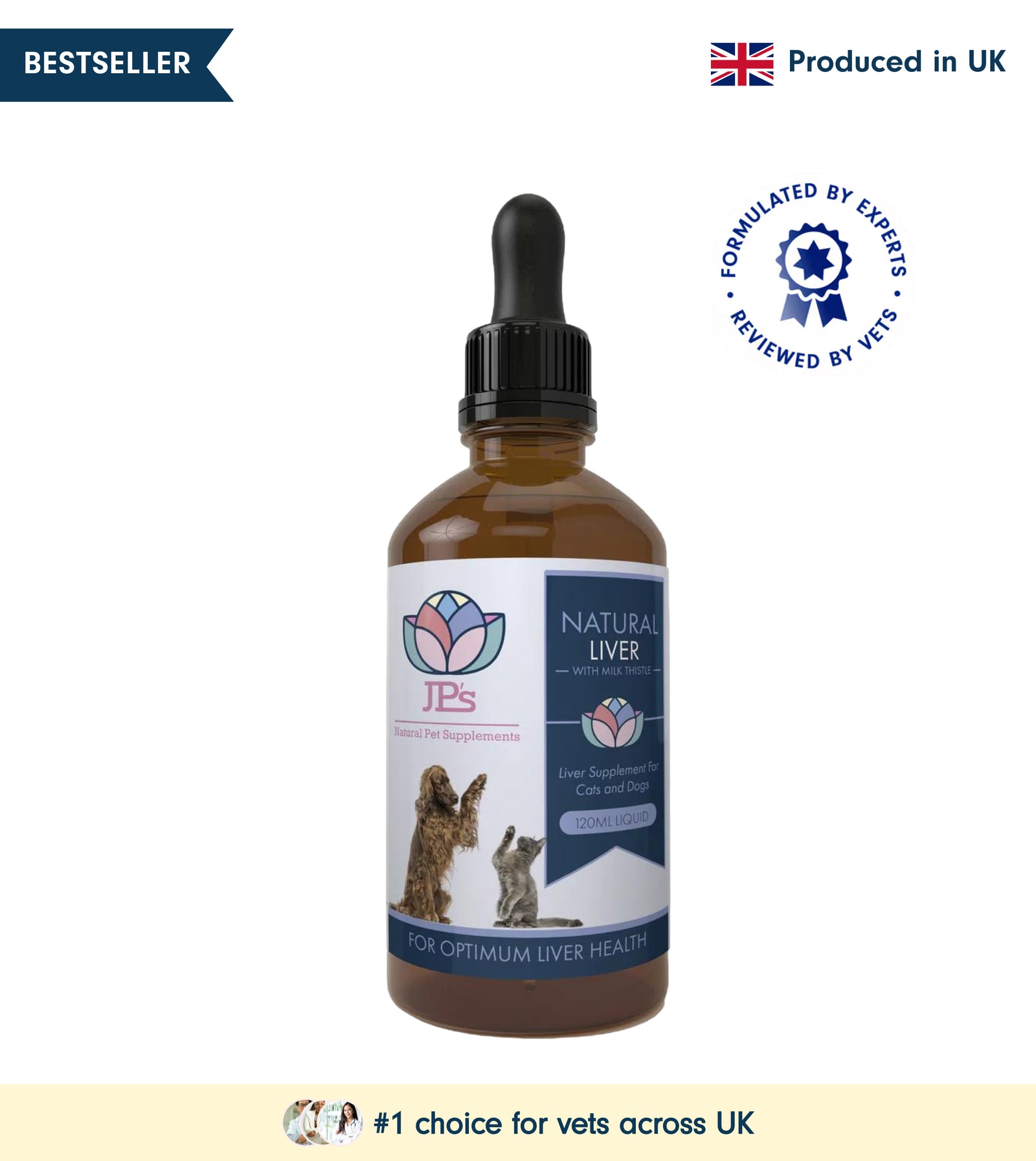Introduction
If used correctly, crate training or puppy pen training can be very beneficial on your training journey. Crate training and place exercises have many benefits.
Your dog will be able to cope in different environments, you never know what’s going to happen in the future, your dog or puppy could get injured and need long term crate rest, imagine if they have never been near a crate or playpen and on top of the injury they now have to go in a crate that is alien to them. Some groomers use cages. Veterinary clinics, you may have a baby in the future and sometimes need your dog to be separated. Also, your dog is learning in a crate to self-regulate and have an off switch and decompress.
Don’t expect your puppy or dog to love going in the crate. Remember that every dog or puppy is different, and some may take longer, so don’t stress and force the issue.
Getting your crate ready.
To start crate training, have the crate in the room you spend the most time in, so your puppy doesn’t feel isolated from the family. When your puppy is ready, confident, and loving the crate, you can try moving to another space in the house for some undisturbed essential sleep and decompression time. See what works best for your puppy or dog.
Don’t have your crate set up in the window or patio doorway, too much stimulus going on in the garden, squirrels, birds, noise, etc or light coming through, especially in the morning, and you don’t want them to practice barking at stimuli in the garden. Placing your crate by a window can also become too warm with the sun coming through the window.
Make the crate comfortable. Place your puppy's bed inside. Cover the sides and top with a blanket to create a safe den. This will also help exclude draughts and reduce sounds. Fix the door securely open so your dog is not at risk of accidentally being shut inside while learning about it.
I recommend opting for a flatbed that covers the whole base of the crate (unless you’re still housetraining). Avoid placing thick beds inside because they limit the space your puppy or dog needs; you don’t want them cramped in the crate.
Ensure you get the correct size for your dog or puppy; you don’t want the crate to be too small or too big; they need to stand up without touching the top, turn around, and lie out flat comfortably. As your puppy grows, they will need a bigger crate.
Playpens/crates
Playpens enable you to restrict your puppy to certain areas while giving them space that the crate alone can’t provide. You can set up a playpen around your puppy's crate to give them a larger space.
Make sure your pen is tall enough and secured. Remember to ensure your puppy has access to fresh water in both playpens and crates. Hydration is essential for their overall health, helping to regulate body temperature and prevent dehydration. Consider using a crate-mounted water bottle or spill-proof bowl.
What do you think about nighttime?
Of course, it will be different at night. This will differ from what you put in during the daytime, especially if your pup is still young, such as food and water bowls, to prevent accidents, because puppies have limited bladder control. Remove toys because they minimise distractions and encourage a more restful night's sleep (puppies need 16 /20 hours sleep). Also, your puppy can’t be supervised at night, and you don’t want the toys to become a hazard.
Positive environment
Always associate the crate with positivity. Once your crate is set up, leave the door open so your puppy can come and go if they choose. You want them to enter and explore the crate voluntarily in their own time.
If they do go inside, make sure you have some treats handy. You can reward them for making good choices or leave some treats around the crate or pen for them to find, building up a positive experience.
Don't close the door behind you during the introduction and early stages of training. Your pup or dog needs to know they can come and go out of the crate or pen. This will build their confidence and ensure they feel safe around the crate. Remember, this is not a race.
Next step
When you feel your puppy or dog is ready for the next stage and appears relaxed with the crate or pen's sight and smell, you can encourage them to go inside actively. Please remember that every dog is different, so progress will depend on how your puppy or dog feels. Going at your dogs' or puppies' pace means they can remain confident while learning. Keep your training sessions short and fun, don’t get frustrated. Practice crate training during calmer times in the day when they’re naturally more ready to relax, such as after toileting, being for a walk or having a play.
Treats
Prepare some tasty treats for your dog or puppy. Position yourself next to the crate or pen so you can quickly drop them into the crate.
Start by dropping a few treats into their bed through the top of the crate, or into the playpen. You should be at the stage where your puppy or dog is comfortable entering, so they should be happy to move inside for the treats.
Still struggling?
If your puppy or dog is reluctant to go inside the crate or pen, make it easier for them by placing the treat in the doorway to begin with. Repeat this stage several times to build up their confidence, before dropping the treat just a little further inside.
Patient
If you find your dog or puppy moving away or moving out at any point, stop dropping treats and wait. Don’t call or try to lure them back in; just wait until they return. Once they return, begin to drop treats again.
Going in the crate.
When your dog chooses to go to its crate or playpen, please don’t make a big fuss about it with an excitable voice. You will only disturb them and probably make them return to the crate.
You can calmly and gently praise them to enhance their good feelings. I hope you have some treats handy to capture this moment. Occasionally, you can randomly drop a treat when you notice them calmly lounging.
Feeling good inside the crate
You can offer your dog or puppy a long-lasting chew or food-releasing toy, such as a food-stuffed Kong, lick mats, or feed them their usual meal inside. This will build their positive associations with the crate or playpen and encourage them to spend more time inside it.
Next level
Your puppy or dog is now happy spending time in the crate or playpen with the door secured open. We can now start teaching them that the door closes.
If your dog shows any signs of worry, such as panicking or scrabbling to get out, go back to the stage they feel comfortable with. Spend time repeating this stage to build confidence again.
To begin with, start closing the door slightly when your dog is inside; don’t secure it closed. Repeat this process until your dog is comfortable.
When your dog or puppy is ready for this, you can start to secure the door.
Please do this for a moment, before opening it again. Gradually build up the time your dog spends inside the crate or playpen. Remember, you can give your dog or puppy something tasty to chew on to enjoy when they’re inside.
At all other times when not training, leave the door on the crate or playpen open so they can come and go freely.
It’s important not to leave the room when crate training until your dog or puppy is ready.
Only when your puppy or dog is ready and enjoying itself inside the crate can you engage in normal daily activities, such as house cleaning. This means they learn that you can be active yourself while they stay in the crate or pen. Remember to stay in the room to begin with, though.
When your pup or dog is comfortable with this, you can build up the habit of leaving the room.
Give your dog or puppy a long-lasting chew or meal, then slowly move towards the room door to see how they react. If they continue to enjoy themselves, you can briefly pop out of the room. When returning, don’t make a big fuss; continue with your own activities. Randomly continue to throw a treat into the crate.
Gradually build up the length of time you remain out of the room. Having a dog camera set up while you practice your training is a good idea. This means you can watch your dog or puppy from another room, see if they are getting stressed, and return to the room before they start barking or stressing. This can help you reward calm behaviour. Your dog is learning that they only get rewarded for calm behaviour.
Crate training.
Putting your dog or puppy in a crate or playpen shouldn’t be used only when you go out or go to bed. This can be one of the major disadvantages of crate training if you keep getting it wrong, such as when you leave the house and place your dog or puppy inside the crate. This can end up becoming a trigger for your leaving and cause stress. This is why it’s essential to practice crate training randomly when you're home, so it becomes normal for your dog or puppy that you go in the crate sometimes when you’re still home.
Crate training shouldn’t be abused.
Leaving your dog or puppy in the crate for long periods is unacceptable because you work 8 hours. This can lead to your dog or puppy suffering both psychologically and physically from being crated too long. This can result in separation anxiety, eating disorders, depression, anxiety, along with muscle atrophy, obsessive-compulsive behaviours, like licking, tail chasing, chewing and even the inability to form a meaningful bond with their owner. Creating for long hours during the day denies dogs from expressing their most basic natural needs, including stretching, moving around, exploring their environment and most importantly, going to the toilet.
Young puppies should not be left in the crate any longer than an hour in the daytime. When toilet training, they need bathroom breaks; they can’t control their bladders. Start with 30 minutes, and you can then gradually build the time up to an hour when you feel your puppy is ready. Young puppies under six months shouldn’t be left alone for more than two hours in a crate. Adult dogs, I wouldn’t leave my dog any longer than 3 hours in the daytime. My dogs don’t need crates now because they have done the training at the beginning, so they know how to settle in their beds. Remember, when using a crate, your dog's or puppy's needs should be met beforehand so they feel relaxed about the crate.
My puppy is not settling at night in a crate.
Some puppies will need to be crated in the bedroom to start with. Remember, their whole world has changed in a big way. They can feel isolated and start to whine because they’re stressed. They were used to sleeping in close quarters with littermates, but now they are sleeping alone in a crate. Placing a snuggle puppy (Amazon) inside the crate can help, as it mimics having a littermate's warmth and heartbeat close by. It’s worth a try.
Place cue tips.
Your goal is to teach your dog to self-regulate when not crated; the place cue is magical. Place means go to the place I tell you until I release you. I release you. So simple to start with. Sit quietly on a chair with your dog on a lead and a towel or blanket on the floor. Drop tiny bite-sized treats for your dog as a reward for settling down on the towel or blanket. Don’t say anything to your dog while doing this exercise. Gradually reward more relaxed behaviours. This will vary between dogs, and some will automatically lie down so you can quickly progress to rewarding your dog only for this behaviour. You can gradually increase the time your dog must be settled before you reward once your pup or dog loves being on the towel or blanket and is interacting with the exercise.
We can place the blanket or towel in different areas around the house, but start in the same room until they are ready for the next stage. Next stage you can stand next to your blanket, but don’t tempt them over, instead wait and see if they voluntarily come over to the blanket placing all four paws on the blanket, if they do reward between their paws, they may lie down that’s your jackpot so be generous with the treats, keep practicing this exercise, until they are voluntarily going to the blanket or towel and laying down. If you find your dog or puppy is just staying on the blanket. You want to try the exercise again, toss a lower value treat away from the blanket, and wait patiently (don’t say anything), see if they return to the blanket; if they do, reward with a high value treat on the blanket. Once your puppy or dog understands the exercise, you can add your verbal cue PLACE. Now you can build how long your dog stays on the blanket.
Remember when crate training your puppy or dog, your training will become more complex if they consistently have constant access to beds and settees. If you’re the type of owner that can’t give boundaries regarding access to everything, and you want them on the settee or bed, practice your training, and cues on / off so you're inviting your puppy up instead of them launching themselves on furniture. Training your puppy from day one means more freedom in the future. Don’t think short-term, think long-term. Eventually, you may not need your crate because your dog has learned how to self-regulate and make good choices.
Justine Shone.



















Leave a comment (all fields required)